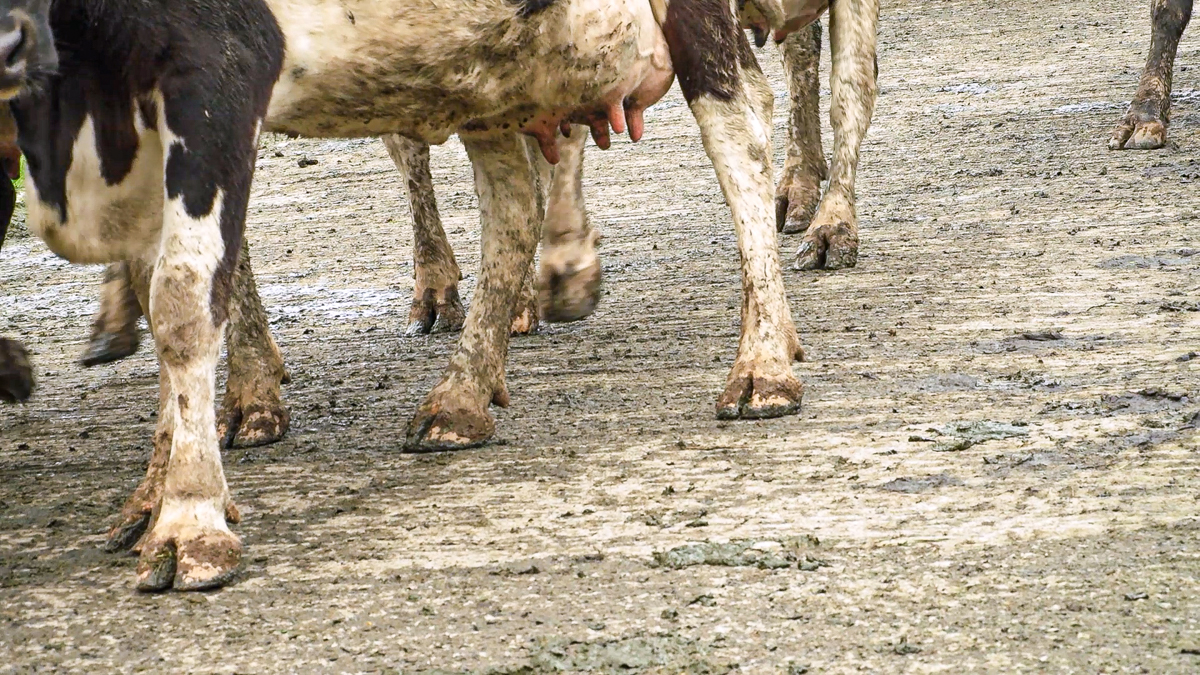Lameness can be a major issue on many dairy farms, particularly if a minor case develops into a bigger issue.
One of the most important steps to decrease the amount of time that a cow has a lameness issue is detecting it early.
Lameness
According to Teagasc, between 20-35% of cows suffer some degree of lameness. Of these cases, 90% of lameness is located in the foot, with 80% in the hind limbs and 80% in the outer claw.
A case of lameness can cost between €160-€300 depending on the severity of the case.
But more importantly than the economic impact of lameness, the cow is most likely in pain, so treating her should be a priority.
By using locomotion scoring lameness can be detected in the early stages, where response to treatment should be better.
It should also limit the cost of the case and reduce the amount of pain that the cow may be in.
Locomotion scoring
Herd assessments should be done when the cows are walking on level, unobstructed walkways that give the observer a clear view. Locomotion scoring is frequently performed when the cows are leaving the milking parlour.
Note: A cow’s hind foot should land in the same place as her front foot; failure to do this may be an indication of a lameness issue.
Locomotion scoring is a five-point system based on both gait and posture:
- Normal: The cow is not lame; the back is flat;
- Mildly lame: The back is slightly arched when walking;
- Moderately lame: The back is arched when both standing and walking. The cow walks with short strides in one or more legs;
- Lame: The lame cow can still bear some weight on the affected foot;
- Severely lame: The back is arched; the cow refuses to bear weight on the affected foot and remains recumbent.
Note: Some observers use a four-point scoring system, referring to normal as zero.
